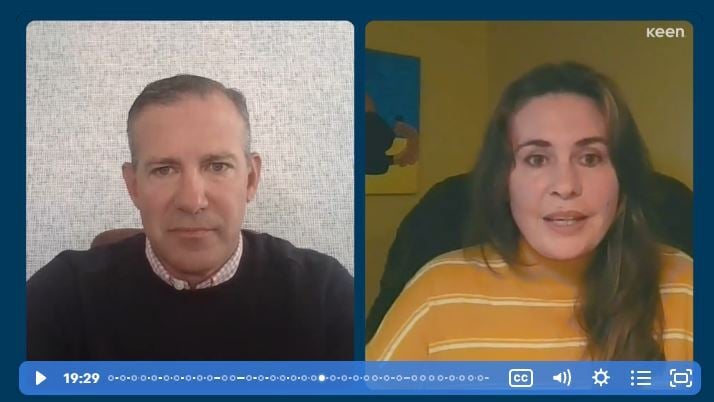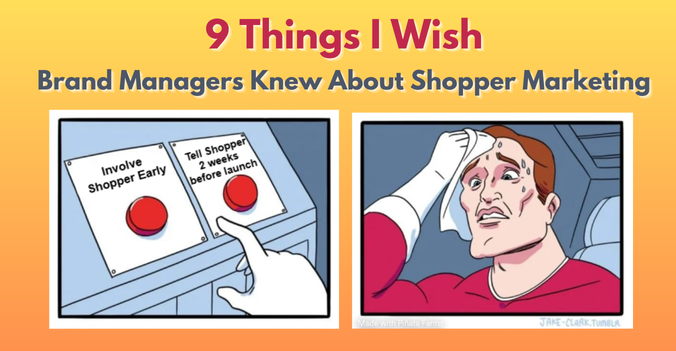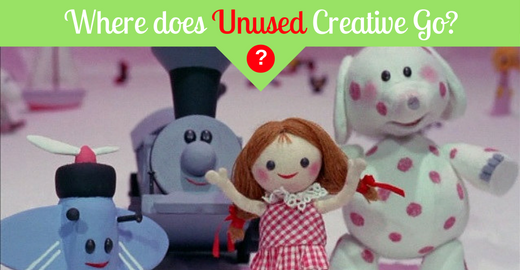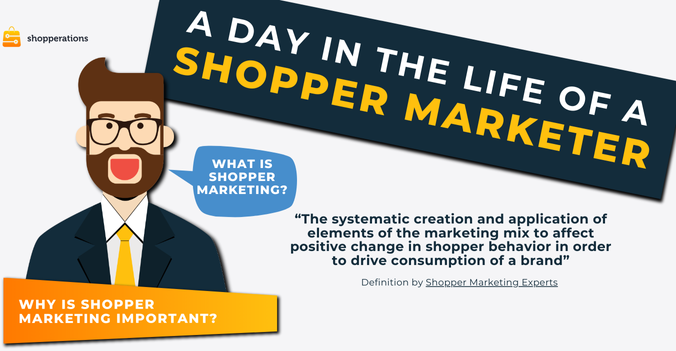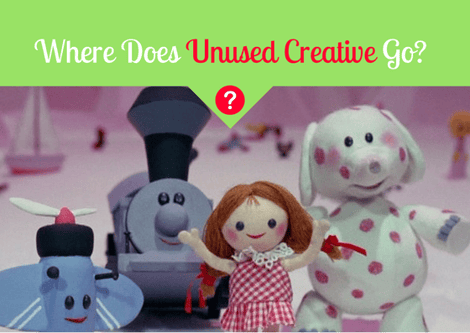
In a beloved 1964 Christmas classic movie "Rudolph The Red-Nosed Reindeer," Rudolph meets a bunch of toys rejected by Santa. These oddballs are gathered in a sanctuary on the Island of Misfit Toys by King Moonracer, a flying lion. There, they can wait for the kids who would appreciate and love them for who they are. This poignant story was mentioned in a recent conversation with a prospect client who suggested that it's a fitting analogy for the way we, as an industry, should handle shopper marketing creative concepts.
A large portion of shopper marketing non-working dollars is spent on agency creative services, and there is constant pressure to keep this spend under control and maximize its returns. A typical large-scale campaign takes several months and many people's efforts to develop. Along the way, a lot of wasteful activities occur, partially because of outdated, manual creative development process, partially due to the unpredictable, volatile nature of shopper marketing environment that requires not only CPG client but also Retail client buy-in, in order for the idea to see the light of the day.
A Labor Of Love
Think about all the time and energy invested in developing the next large scale campaign: months of meticulous shopper research, weeks of strategy briefings and intense internal discussions, at the end of which agency creative brief gets sent out, and the first concept draft is looming on the horizon in about 2-4 weeks. The agency comes back with several ideas, often quite different from each other, and recommends their favorite one to pursue. Client feedback has to be incorporated and will result in another week or two of back-and-forth. Finally, after several rounds of revisions, a winning creative concept emerges and is included into the retail customer selling deck. Or not. Out of nowhere, a change in direction is suddenly required, because a few days before the sales meeting, the "white space" on retailer sales calendar turns out to be no longer white. As a result, the sales and shopper marketing team is back to square one, looking to secure merchandising in a different period, most likely, with a different marketing theme.
A Pile Of "Misfits"
What happens to the original idea? So much insight, passion and hard work were put into it, but in the rush to re-position the sales pitch and re-plan the tactics, it is quickly forgotten and put on the "back burner", to hopefully be resurrected next quarter, next year, but most likely, never. What seems like an occasional misfire on a local team level, adds up to quite significant productivity and financial drain, if you look at it across the entire organization.
Assuming only one of the three original agency creative ideas gets to be included into the retailer sales pitch, and only one of three ideas presented to retailer gets a green light, it means that roughly eight out of nine agency proposed creative concepts never get to the market. It also means that somewhere out there, on FTP servers, among the random SharePoint folders or on local hard drives, are numerous awesome creative ideas that were designed with best intentions in mind, yet were rejected for reasons that often have nothing to do with their quality.
Be King Moonracer

In the mean time, a colleague in an office hundred miles away, is starting a similar journey, looking to build a similar promotion, leveraging same insights, activating shoppers against the same season or same occasion. They are on a compressed time line and have to pull all stops to get this project out in time, which means that expedite fees will likely be paid. This colleague is oblivious to the fact that several relevant creative concepts were developed by your team and were put on a back burner. They would have very much appreciated a chance to peruse through your files and see what can be salvaged to help them make the deadline. But, most likely, they will never have this conversation with you, because you rarely cross paths: you live in different cities, call on different retail customers, and may even work with different agencies.
If you lead a shopper marketing organization, you should be keenly aware that these situations are very common and create opportunities for the teams to cross-pollinate ideas, share and re-use creative concepts.
Creative Sanctuary
To realize time and budget savings by re-purposing creative, you will need to be deliberate about:
1) Setting the expectations: Inoculate your team against "Not Invented Here" syndrome by stating that re-purposing creative is strongly encouraged. Require that concepts that didn't get presented or sold in be released into the common asset pool for the rest of the team to access.
2) Offering appropriate sharing tools: Don't expect your team to share the artwork via email or shared drives, we all know that the "1990s way" no longer works and will only add pressure on the employees who are already stretched thin. Instead, focus on modern collaboration and digital asset management (DAM) technology, figure out how to automate your creative development process in a way that will capture all retailer-specific marketing assets in a digital catalog without stressing out the team.
3) Getting agency partner on board: A smart agency partner should be as eager to tackle this problem as you are because busywork, re-work and waste cause stress and burnout among their employees, too, especially when they see so few of their original ideas making it all the way to the market. Get the agency to embrace this challenge, help you optimize the process and seek relevant technology solutions, you don't have to do it alone.
Re-purposing creative work has both short- and long-term benefits. It not only eliminates busy work and frees hours for internal and agency employees, but also maximizes the ROI of non-working dollars by letting the team a) focus on solid path to purchase execution, b) conduct more marketing experiments, such as new tactics, offer and message optimization by channel, and bring more data points into the decision process. Thus, it helps your team lay the foundation of an agile marketing organization.



